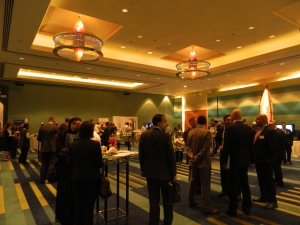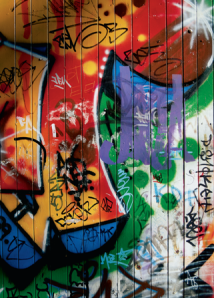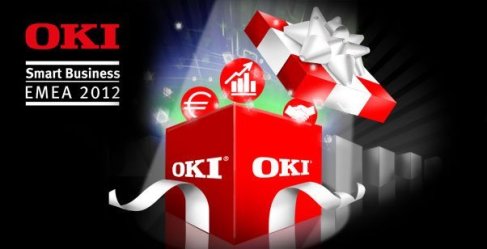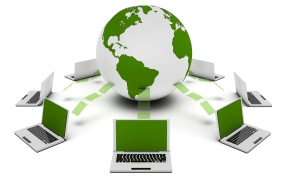At the ACN Enterprise Computing Summit 2013 , held at the Jumeirah Beach Hotel, around 90 CIOs, CTOs and senior IT managers were present for some in-depth discussion of the trends and trials of their industries, as well as to examine proven strategies and working examples of the most useful technology and operationally efficient practices in the Middle East. As a staunch supporter of cost- saving and efficient business practices, shown in our Print Smart campaign, OKI exhibited the C301 network colour printer and the MB451 mono Multifunction printer at the event. 
The challenges that were considered in the round table sessions obviously inspired the audience who came out to the exhibition area very interested in how OKI could help provide solutions. The excellent quality print samples and range of media shown (business cards, POS banners, CD labels etc.) made it easy for the end-users to see firsthand the benefits of in-house printing on an office printer. A recent study by leading business research body the Centre for Economics and Business Research (cebr) has suggested that businesses in the EMEA region could save a staggering $25,000 million by changing the way they manage their printing, and in particular by bringing more of their print requirements in-house.
The Summit provided an excellent opportunity for OKI to explain their principle of printing just what you need, when you want it and where you want it. This not only boosts cashflow, saves storage space and distribution costs, it also ensures accuracy and timeliness, boosts efficiency and greatly reduces environmental waste. So, in addition to stimulating discussions and the delicious lunch that was served, the attendees left with plenty of food for thought from us.
For more information on how in-house printing can help your business, please read Why Switch to In-House Printing?
Ask OKI. You may just find your solution.
Filed under: Business Efficiency, Events, Marketing, Tips | Tagged: Business Efficiency, Business Printing, Dubai, In-house printing, Oki colour printers, Oki Middle East, Printing tips, Smart Printing | Leave a comment »










 The
The 

